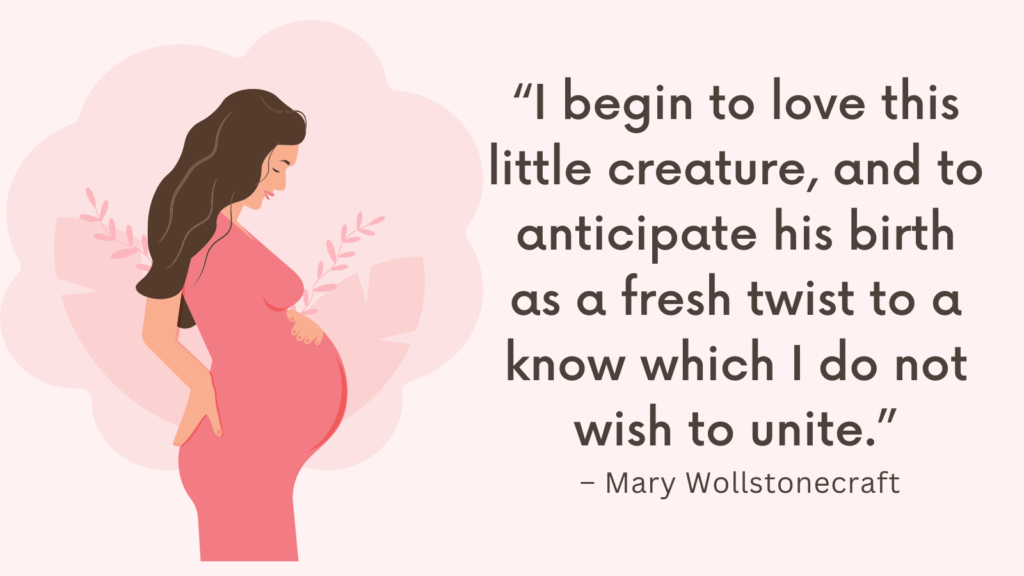More pelvic discomfort, cervical changes, and possible early labor signs.
You’re 37 weeks pregnant! You’re now considered “early term,” which means your baby could be born any day now and would likely be completely healthy! This week, your baby is finalizing growth, practicing movements, and preparing for labor. Meanwhile, your body is showing signs that labor could be approaching.
Let’s explore your baby’s development, changes in your body, and how to manage symptoms at 37 weeks pregnant.
What’s Happening to Your Baby?
At 37 weeks, your baby is about the size of a Swiss chard (33-37 cm or 13.5-15 inches long, head to toe) and weighs around 2,900-3,200 grams (6.3-7 lbs). Your little one is fully developed and preparing for life outside the womb!
Major Developments This Week:
Baby is Officially Considered “Early Term”! – While full-term is 39 weeks, baby is now developed enough to be born safely.
Lungs are Fully Developed! – If baby were born now, they’d likely have no breathing issues.
Movements May Feel Different! – With less space, baby is rolling and stretching more instead of kicking.
Baby is Dropping Lower! – If baby hasn’t already “engaged” into the pelvis, it may happen soon.
Fat Deposits Continue to Increase! – Baby’s chubby cheeks are forming, and their skin is smoother.
Head is Hardening, but Skull is Still Soft! – The soft spots (fontanelles) allow baby’s head to mold during birth.
Baby’s Reflexes are Strong! – Sucking, swallowing, and grasping reflexes are fully developed.
What’s Happening to Your Body?
At 37 weeks pregnant, you may experience more noticeable labor signs, increased discomfort, and new pregnancy symptoms.
Common Symptoms at 37 Weeks Pregnant:
Feeling Baby’s Movements More Distinctly! – Baby’s movements may feel stronger but less frequent due to limited space.
Bigger Baby Bump! – Your uterus is at its highest point but may drop as baby moves lower.
Back Pain & Pelvic Pressure – As baby drops, pelvic discomfort and back pain may increase.
Braxton Hicks Contractions – Mild, irregular contractions may become stronger and more frequent.
Lightning Crotch! – Sharp, shooting pains in the pelvis due to baby’s head pressing on nerves.
Shortness of Breath (Relief If Baby Has Dropped!) – You might breathe more easily if baby has moved lower.
Swelling in Feet & Ankles (Edema) – Fluid retention may cause mild swelling, especially after standing.
Heartburn & Indigestion – Your growing baby may still push stomach acid upward, though relief may come if baby drops.
Frequent Urination – Baby’s head pressing on your bladder means more bathroom trips.
Leaky Breasts (Colostrum Production) – Your body is ready for breastfeeding.
Increased Vaginal Discharge – More mucus may be released as the cervix softens in preparation for labor.
Nesting Urge! – You may feel an intense desire to clean and prepare for baby’s arrival.
Signs That Labor is Approaching
At 37 weeks, you may start experiencing early labor signs even if actual labor is still weeks away. Here’s what to watch for:
Possible Signs That Labor is Near:
Baby Has “Dropped” (Lightening) – Your bump looks lower, and you may feel less pressure on your ribs.
More Frequent & Stronger Braxton Hicks Contractions – These may start feeling like real contractions.
Increased Pelvic Pressure & Lightning Crotch – As baby moves lower, you may feel sharper pains.
Loss of Mucus Plug (“Bloody Show”) – A thick, jelly-like discharge (possibly pinkish or streaked with blood) may come out.
Diarrhea or Loose Stools – Your body may clear itself out before labor.
Water Breaking – A gush or trickle of amniotic fluid means labor is starting soon.
How to Cope with Week 37 Pregnancy Symptoms
1. Tracking Baby’s Movements
Baby should move at least 10 times in 2 hours.
If movements slow down significantly, drink cold water or gently poke your belly.
Contact your doctor if you notice decreased movement.
2. Easing Back Pain & Pelvic Pressure
Use a pregnancy pillow for support.
Wear a belly support band to relieve strain.
Do gentle prenatal yoga or stretches.
3. Managing Braxton Hicks Contractions
Stay hydrated – dehydration can trigger contractions.
Change positions – walking or resting may help.
If contractions become painful or regular, contact your doctor.
4. Relieving Shortness of Breath
Sit and stand up straight to give your lungs more space.
Take slow, deep breaths and avoid overexertion.
Sleep propped up with pillows for better airflow.
5. Reducing Swelling in Feet & Ankles
Elevate your feet when sitting or lying down.
Wear compression socks to improve circulation.
Drink plenty of water to flush out excess fluids.
6. Soothing Heartburn & Indigestion
Eat smaller, more frequent meals.
Avoid spicy, greasy, and acidic foods.
Don’t lie down immediately after eating.
7. Preparing for Labor & Hospital Stay
Pack your hospital bag with essentials (clothes, toiletries, baby outfits, documents).
Review your birth plan with your doctor.
Discuss pain management options.
What Should You Be Doing in Week 37?
Since you’re only 3 weeks from your due date, here’s what to focus on this week:
1. Keep Attending Weekly Prenatal Appointments
Your doctor may check your cervix for dilation and effacement.
Confirm baby’s position (head-down, breech, etc.).
2. Start Kick Counting Daily
Monitor baby’s movements at the same time each day.
If movements decrease significantly, contact your doctor.
3. Finalize Your Birth Plan
Review labor preferences (epidural, natural, C-section, etc.).
Discuss hospital or birthing center protocols.
4. Install the Car Seat
Most hospitals require a properly installed car seat before discharge.
5. Get Your Home Ready for Baby
Wash baby clothes and set up the nursery.
Stock up on postpartum care essentials (pads, nursing bras, etc.).
6. Rest as Much as Possible
Your body is working hard—take naps when needed.
Final Thoughts
You’re 37 weeks pregnant and almost at the finish line! Your baby is fully developed, gaining weight, and ready for birth. Symptoms like back pain, pelvic pressure, and fatigue may be intense, but you’re doing an amazing job!



